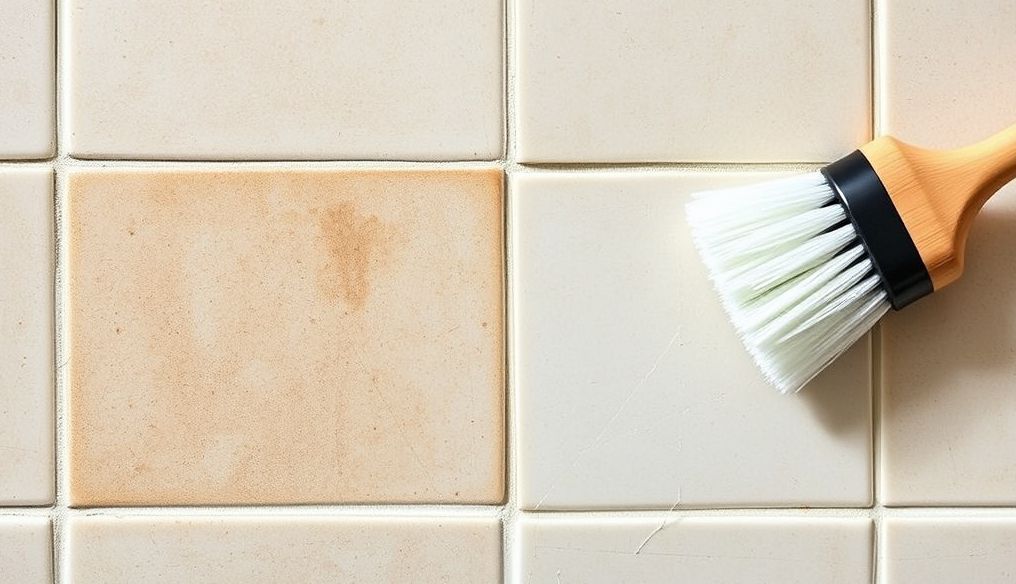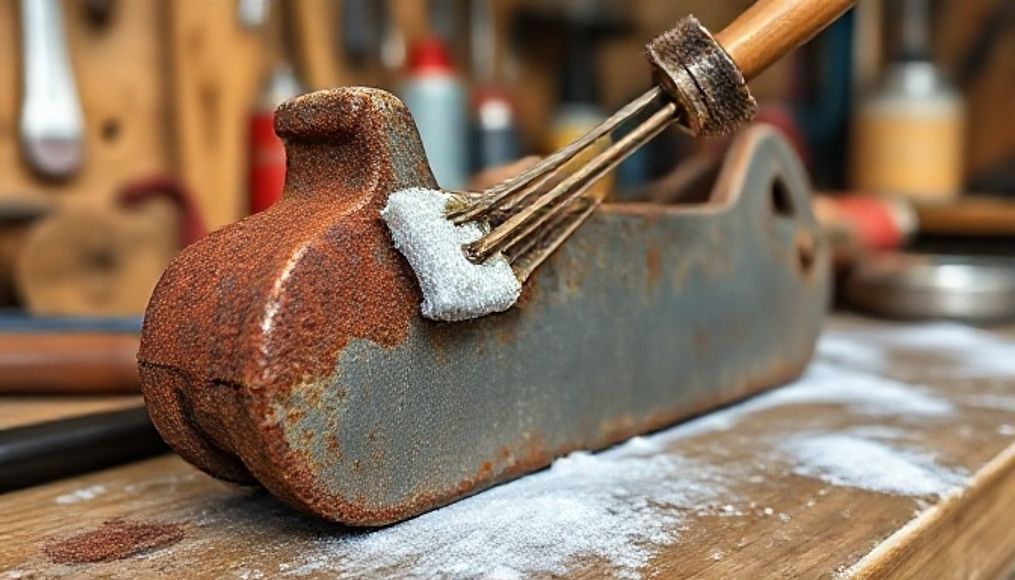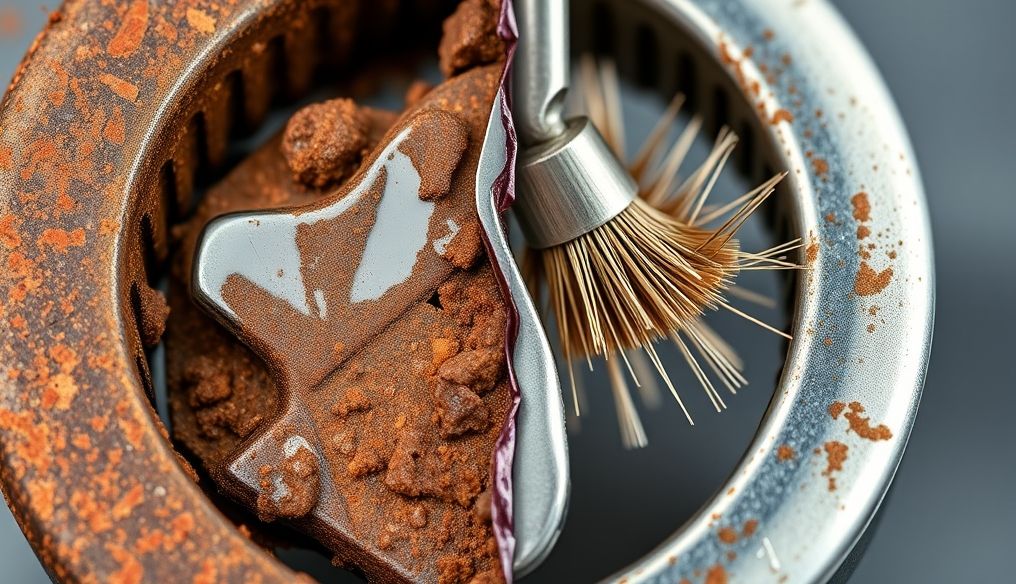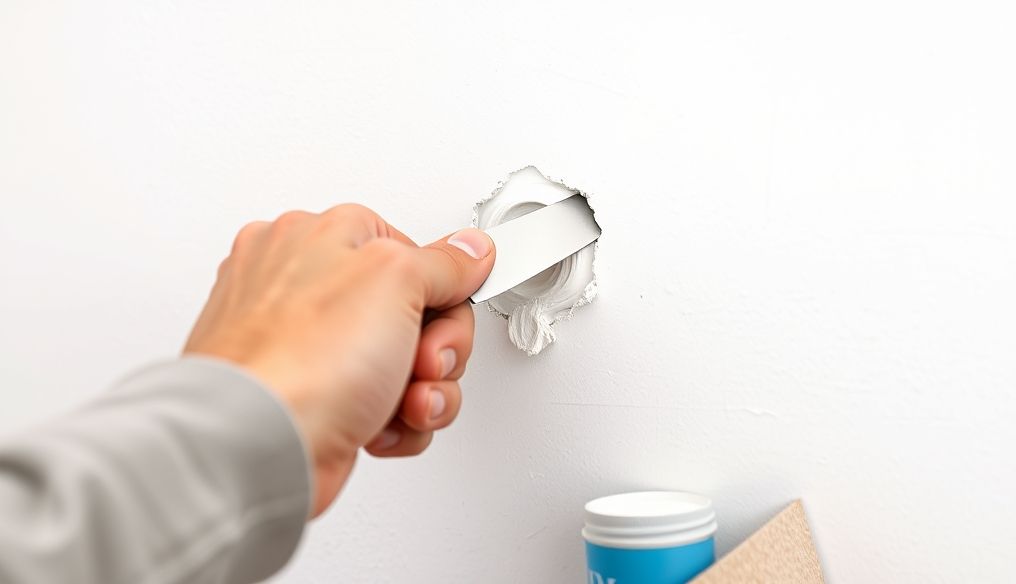Introduction: Why Does Tile Grout Get Dirty?
Tile grout, those thin lines between ceramic tiles, is particularly prone to getting dirty. This is because it's porous, meaning it easily absorbs dirt and stains. Additionally, grout is often in areas with high humidity, such as bathrooms and kitchens, making it an ideal environment for mold and mildew growth.
Over time, tile grout can transform from its original light color to an unsightly dark color, negatively impacting the overall appearance of the home. Fortunately, there are several effective ways to clean tile grout and restore it to its original condition.
Chapter 1: Tools and Materials Needed for Cleaning Tile Grout
Before starting the cleaning process, it's important to gather the necessary tools and materials. These include:
- Small cleaning brush: An old toothbrush or a special grout cleaning brush will do the trick.
- Sponge: For cleaning and rinsing surfaces.
- Bucket: For mixing cleaning solutions.
- Rubber gloves: To protect your hands from chemicals.
- Safety glasses: To protect your eyes from splashes.
- Household cleaners: Such as white vinegar, baking soda, or chlorine bleach (with extreme caution).
- Commercial cleaners: Special grout cleaning products available in stores.
- Warm water: For rinsing and cleaning.
- Spray bottle: For spraying cleaning solutions.
- Clean cloth: For drying surfaces.
Chapter 2: Cleaning with White Vinegar and Baking Soda
White vinegar and baking soda are natural and effective cleaners for tile grout. Here's how to use them:
- Step 1: Mix equal parts of white vinegar and baking soda in a bowl until a paste forms.
- Step 2: Apply the paste to the dirty tile grout.
- Step 3: Let the paste sit for 15-20 minutes.
- Step 4: Scrub the grout with the cleaning brush.
- Step 5: Rinse the grout with warm water.
- Step 6: Dry the grout with a clean cloth.
Tip: You can add a few drops of essential oil, such as tea tree oil, to the mixture to enhance its antibacterial and antifungal properties.
Chapter 3: Cleaning with Chlorine Bleach
Chlorine bleach is a powerful cleaner that can be used to clean heavily soiled tile grout. However, it should be used with extreme caution, good ventilation, and with gloves and safety glasses.
- Step 1: Mix one part chlorine bleach with 10 parts water in a bucket.
- Step 2: Apply the solution to the dirty tile grout.
- Step 3: Let the solution sit for 5-10 minutes.
- Step 4: Scrub the grout with the cleaning brush.
- Step 5: Rinse the grout thoroughly with warm water.
- Step 6: Dry the grout with a clean cloth.
Warning: Do not mix chlorine bleach with any other cleaners, especially ammonia, as this can produce toxic gases.
Chapter 4: Cleaning with Commercial Cleaners
Many commercial cleaners are available in stores specifically designed for cleaning tile grout. Follow the instructions on the package carefully.
Tip: Look for cleaners that contain natural or environmentally friendly ingredients.
Chapter 5: Using Steam to Clean Tile Grout
Steam cleaning is an effective and environmentally friendly way to clean tile grout. The high heat of the steam breaks down dirt and stains, making them easier to remove.
- Step 1: Fill the steam cleaner with water.
- Step 2: Direct the steam nozzle towards the dirty tile grout.
- Step 3: Move the nozzle slowly along the grout lines.
- Step 4: Wipe away the accumulated dirt with a clean cloth.
Chapter 6: Whitening Tile Grout
If the tile grout is severely discolored, you may need to whiten it. You can use a grout whitening pen available in stores, or you can make a paste of baking soda and water, apply it to the grout, let it dry, and then rinse it off.
Tip: Test the whitening on a small, inconspicuous area first to make sure it doesn't damage the tile.
Chapter 7: Preventing Tile Grout from Getting Dirty in the Future
After cleaning the tile grout, it's important to take steps to prevent it from getting dirty again. These include:
- Cleaning the tiles regularly: Wipe the tiles regularly with a damp cloth to remove dirt and dust.
- Drying the tiles after showering: This will help prevent mold and mildew growth.
- Using a sealant: Apply a sealant to the tile grout to protect it from absorbing dirt and stains.
- Ventilating bathrooms and kitchens: This will help reduce humidity and prevent mold and mildew growth.
Chapter 8: Natural Alternatives for Cleaning Tile Grout
In addition to vinegar and baking soda, there are several other natural alternatives for cleaning tile grout, such as:
- Lemon juice: The citric acid in lemon juice helps break down dirt and stains.
- Tea tree oil: Tea tree oil is a natural antibacterial and antifungal agent.
- Hydrogen peroxide: Hydrogen peroxide is a natural bleach that can be used to whiten tile grout.
By following these tips, you can clean your tile grout, restore it to its original condition, and keep it clean for longer.




